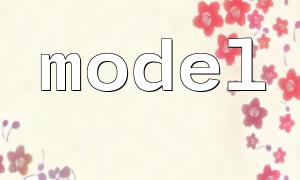In modern web development, the effective integration of PHP and HTML is essential for building interactive and feature-rich applications. By combining these technologies, developers can create dynamic content that enhances user experience and functionality.
Before diving into practical implementation, it’s important to understand the core roles of PHP and HTML. HTML (HyperText Markup Language) defines the structure and layout of web pages, while PHP (PHP: Hypertext Preprocessor) is a server-side scripting language designed to process logic and data, generating dynamic output in HTML pages.
PHP can be directly embedded within HTML, allowing developers to control page content dynamically. Here’s a simple example:
echo "Welcome to my website!";
?>
In this example, PHP outputs a welcome message. When the page is accessed, the PHP code runs on the server and returns the result as HTML.
One of PHP’s strengths is its ability to render content based on logic or user status. For instance, you can display different content depending on whether the user is logged in:
session_start();
if (isset($_SESSION['username'])) {
echo "Welcome, " . $_SESSION['username'] . "!";
} else {
echo "Please log in to continue.";
}
?>
This script checks the session for a username and displays a personalized message or a login prompt accordingly, improving user engagement.
Combining PHP and HTML offers several key advantages in web development:
The integration of PHP and HTML is widely used in various real-world scenarios, including:
In conclusion, integrating PHP and HTML remains a core skill in web development. Mastering how to efficiently combine these technologies enables developers to build more dynamic, user-friendly websites. In a competitive digital landscape, this capability continues to be a valuable asset for every web developer.









